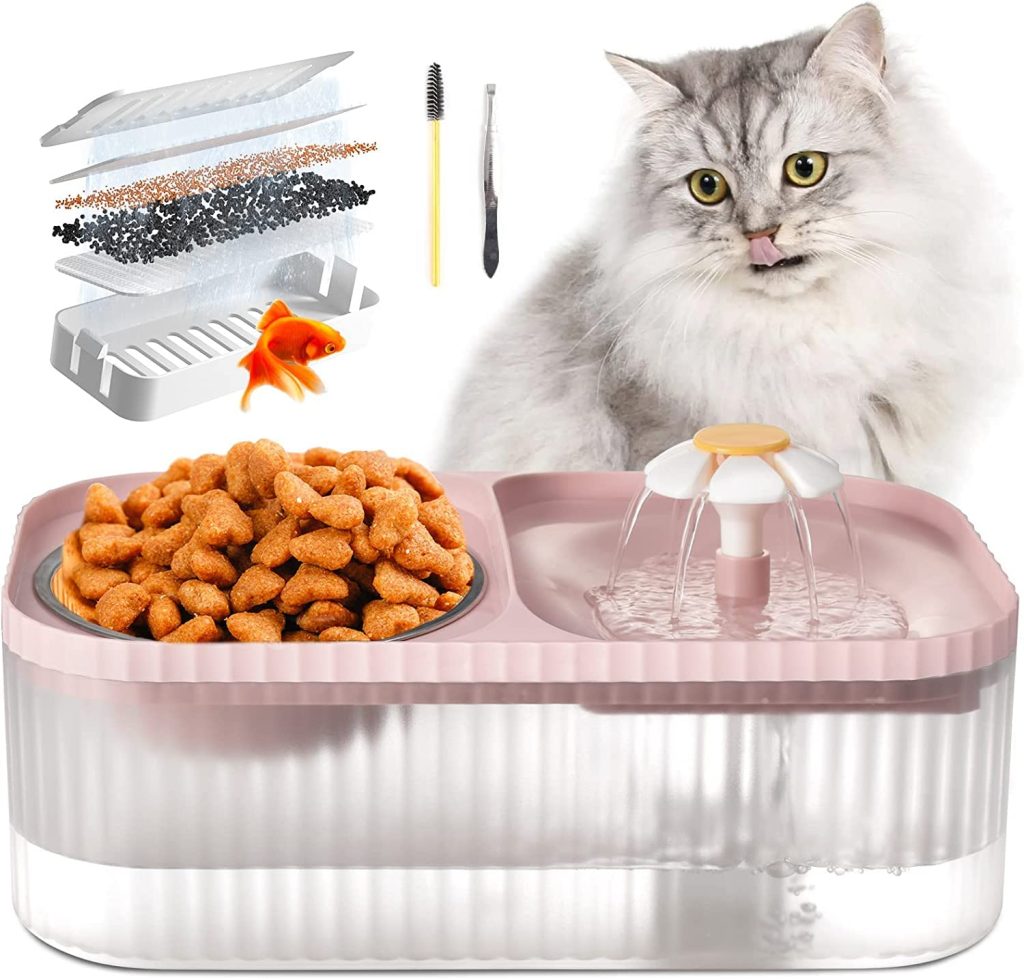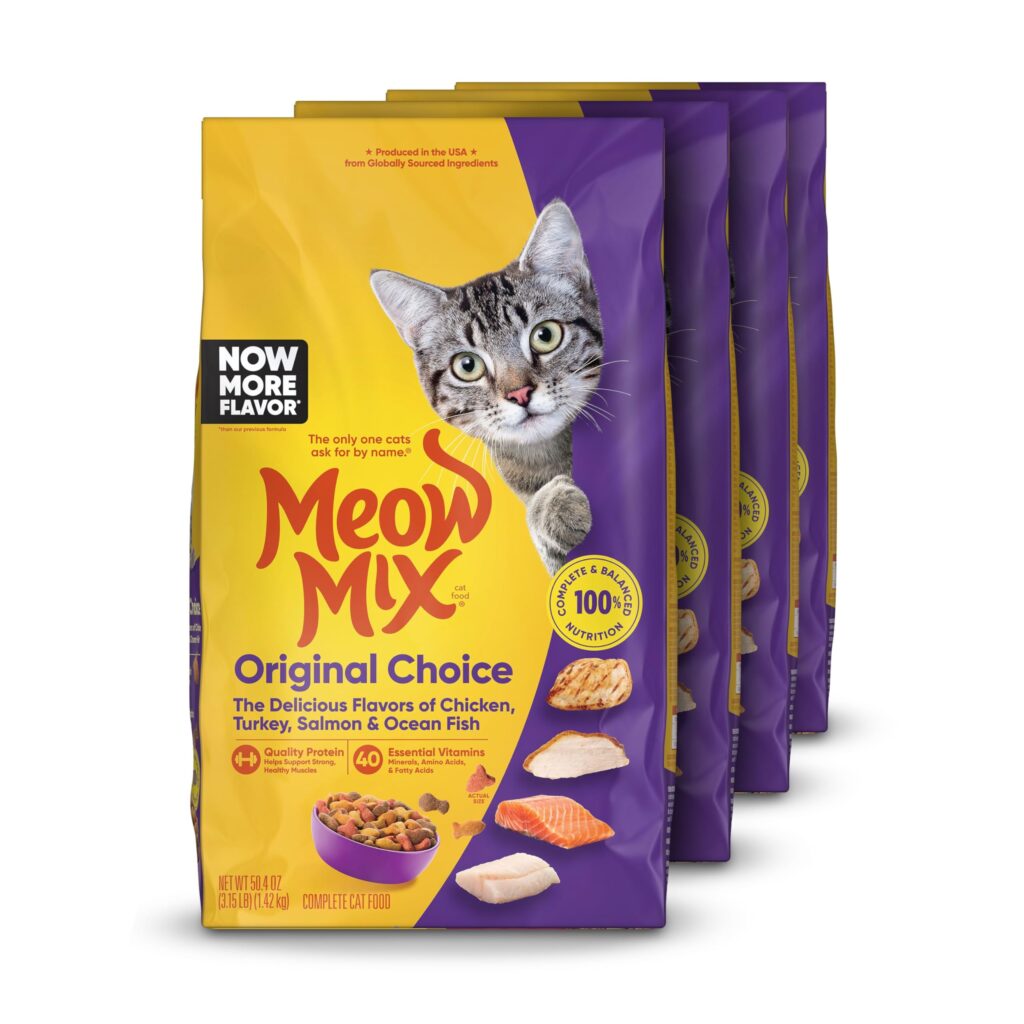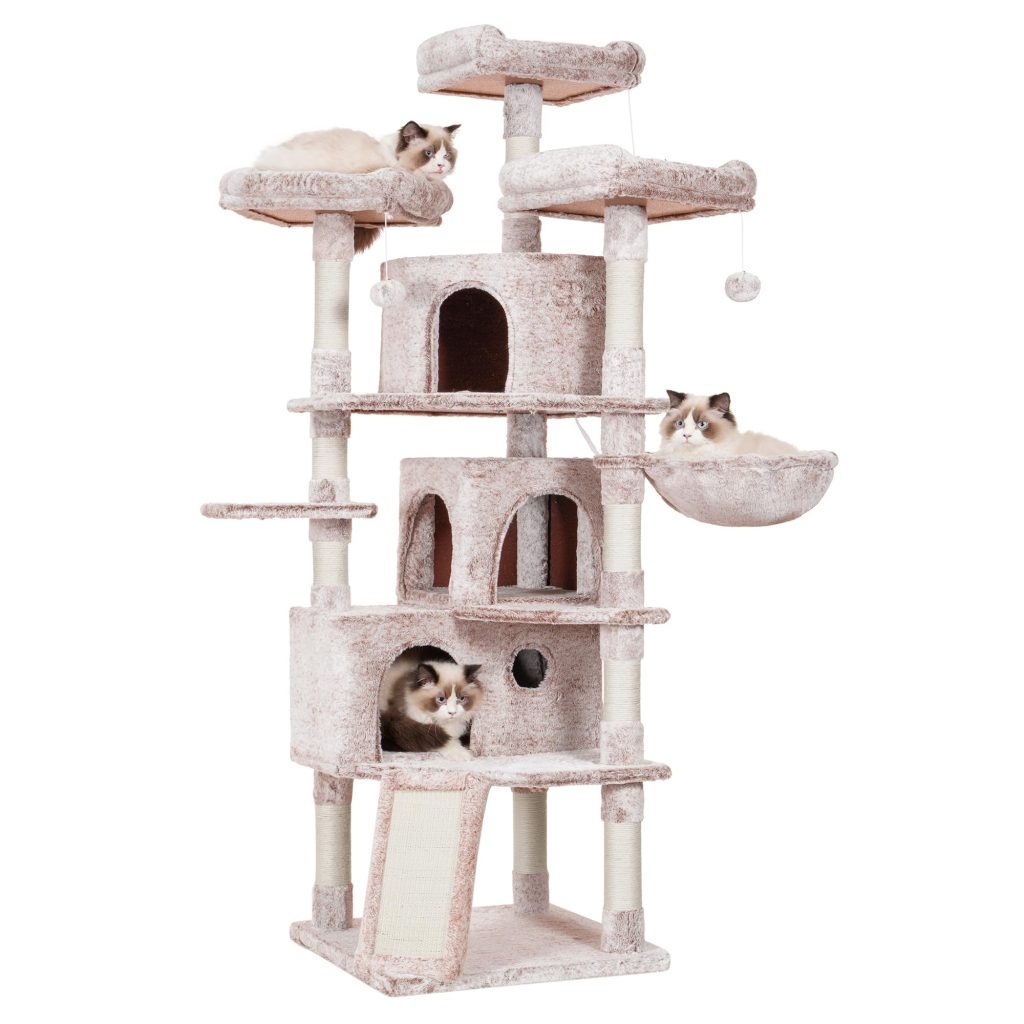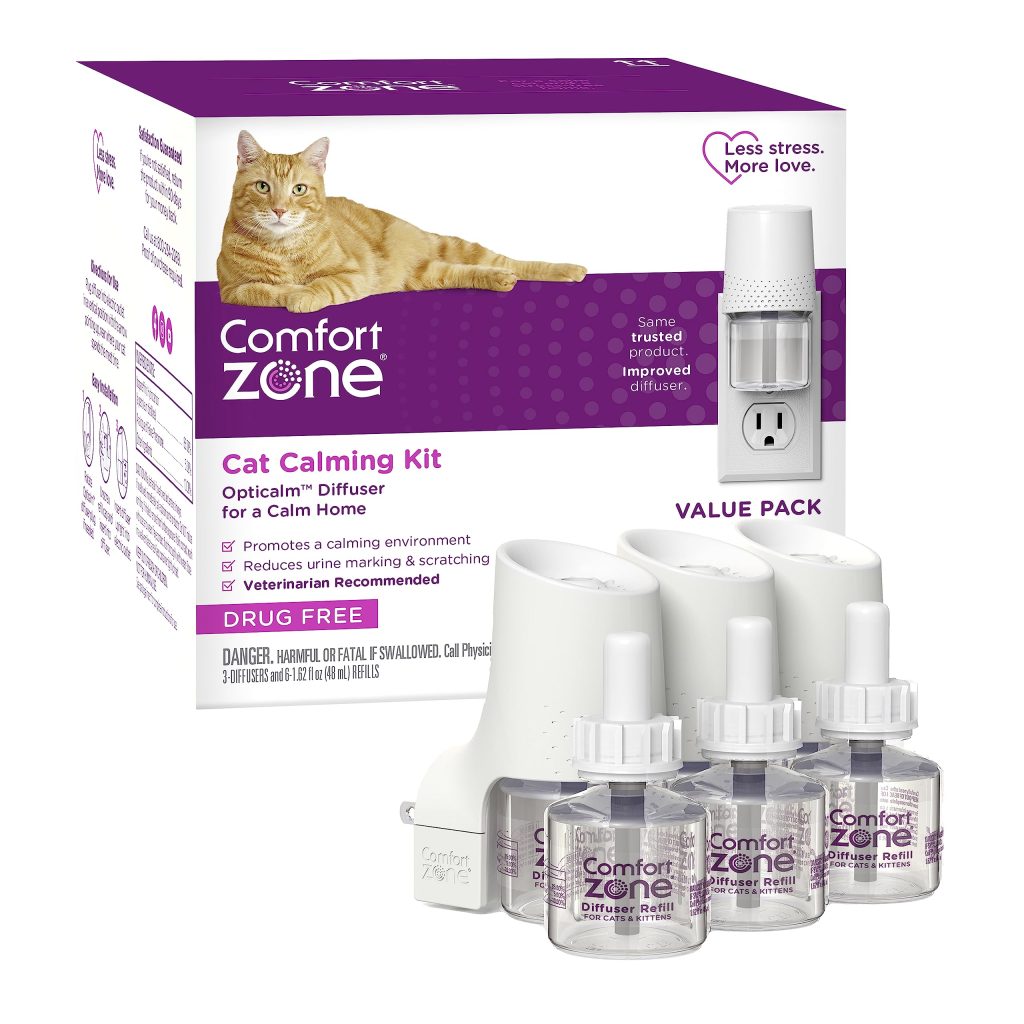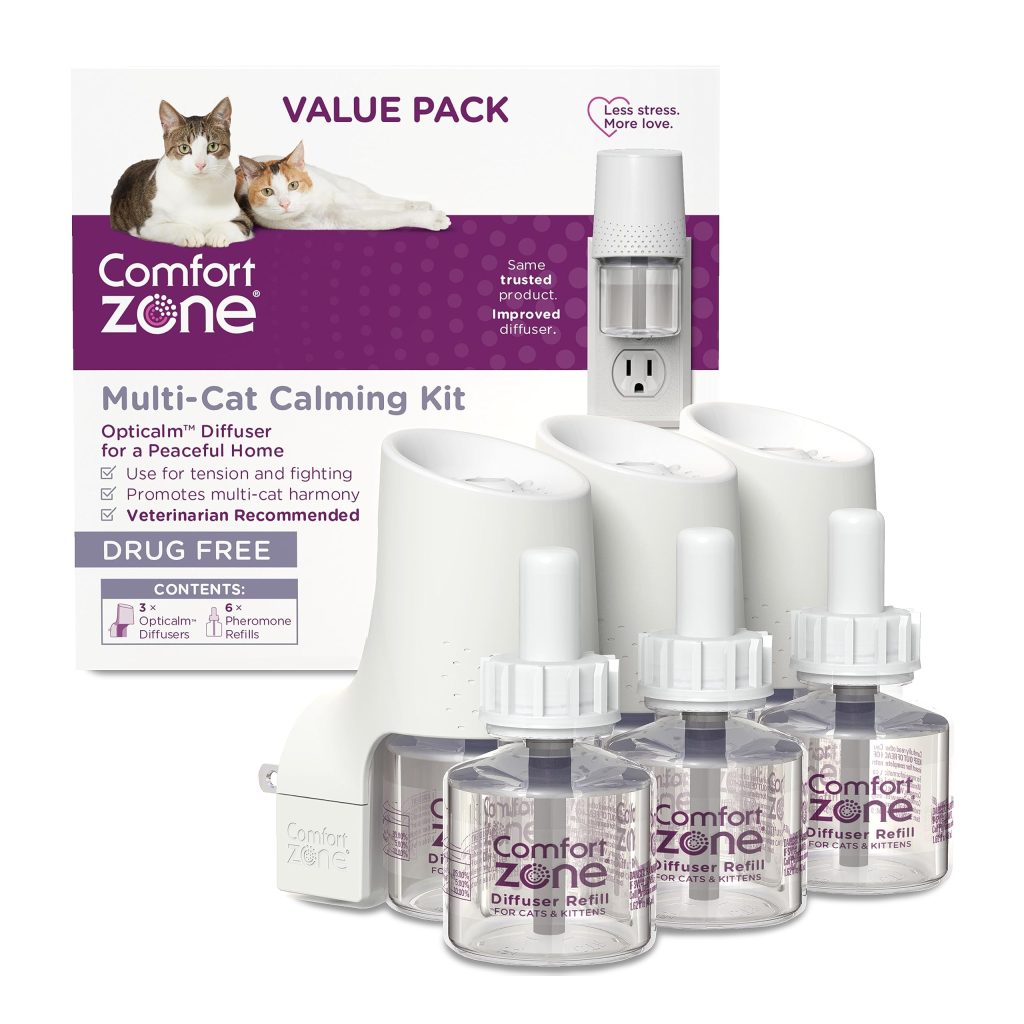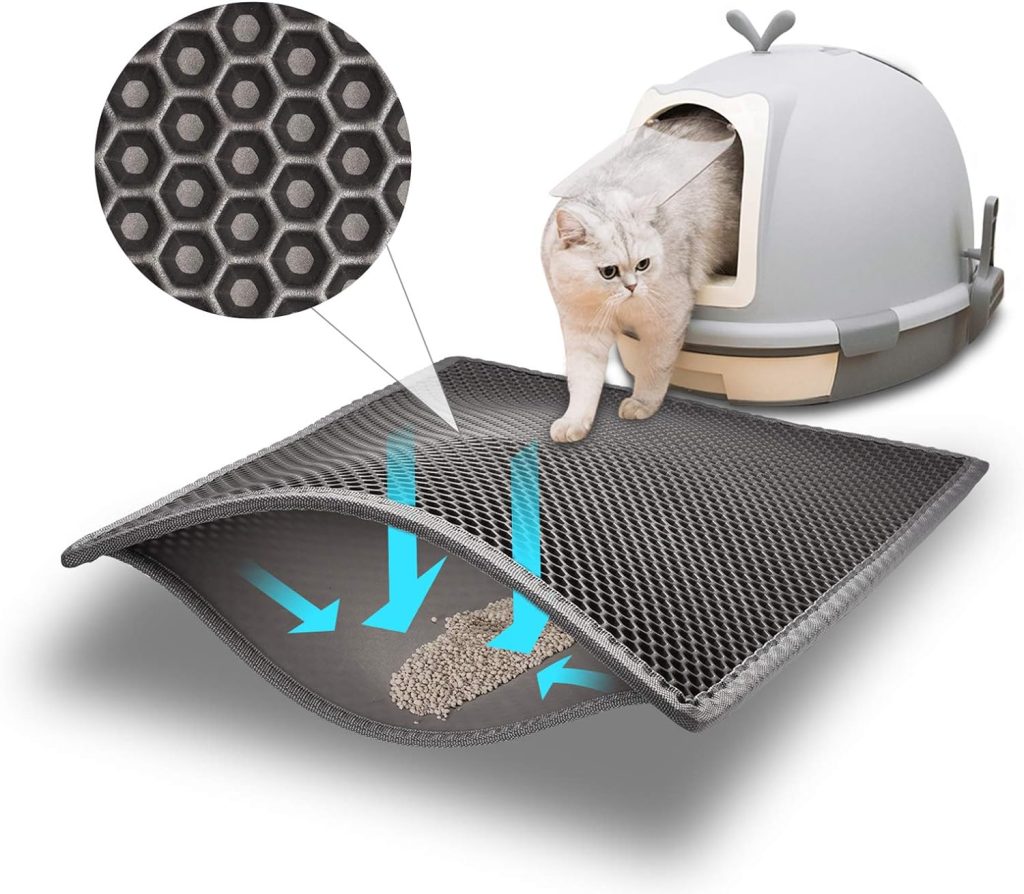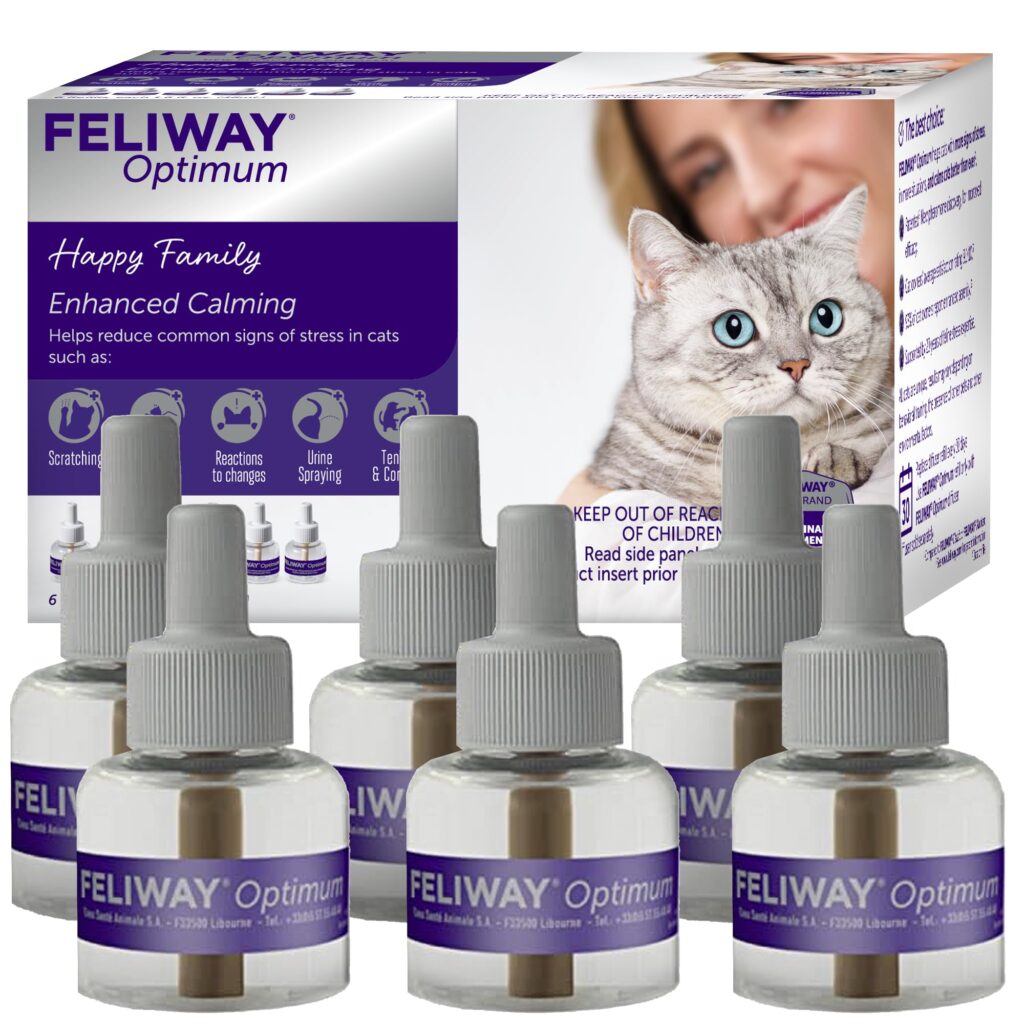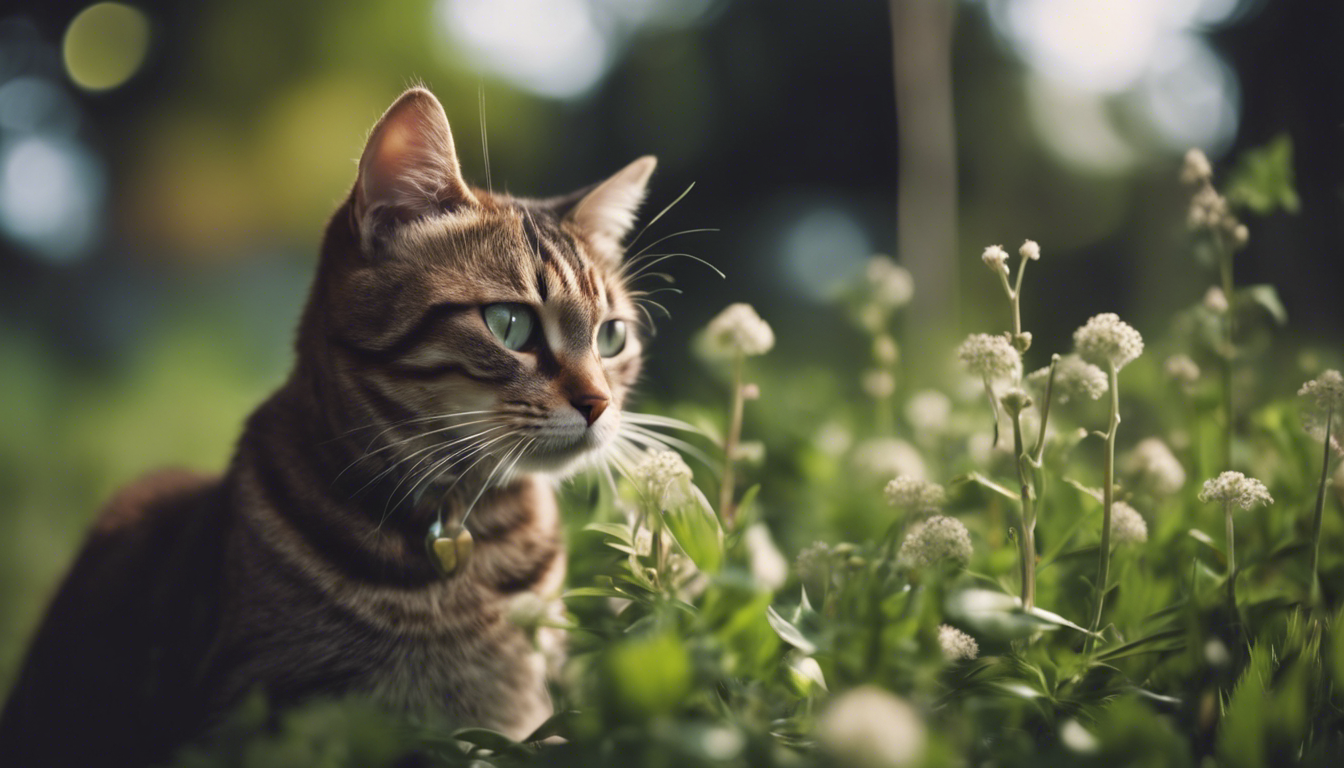
Indoor Poisonous Plants for Cats
Picture your furry companion, perched on the windowsill, nose twitching in curiosity. Now, imagine they’ve spotted your lush indoor jungle—a paradise to you, but a potential hidden hazard for them. Cats are nimble, inquisitive creatures, and the slightest rustle of a leaf can pique their interest enough to take a nibble. While this may seem an innocent exploration, some of those green beauties can be deceivers in disguise, harboring toxins that could put your kitty in a spot of bother—or worse.
So, what’s lurking in your living room that could be a cause for concern? That’s right, a number of common houseplants pack a poisonous punch. The stunning peace lily, with its glossy leaves, could cause havoc if ingested by your feline friend, leading to oral irritation and an upset tummy. And those sago palms that give your home a tropical vibe? They’re not as friendly as they look—ingesting just a few seeds can result in liver failure for your unsuspecting pet.
Let’s not say goodbye to the deceptive lilies. True lilies—the ones with ‘lily’ in their common name, like Easter lilies, tiger lilies, and daylilies—are real villains in the feline world. Eating even a tiny amount of any part of these plants can cause severe kidney damage in cats, and sadly, sometimes it’s irreversible. Cats, being cats, might not show immediate symptoms either, making these plants all the more dangerous.
And then there’s the aloe vera. Yes, your go-to for sunburn relief is a no-go for your cat. It might soothe your skin, but it will wreak havoc on your cat’s digestive system. Who would’ve thought?
Now hang on, don’t start eyeing all your plants with suspicion just yet. The problem isn’t greenery per se; it is about being plant-savvy. The trick is to know your plants, understand their impact on your furry overlords, and ensure you keep the risky ones out of paw’s reach. Knowledge is your best line of defense.
Your cat’s environment should be a sanctuary, not a minefield. Be a conscientious cat parent by making sure their green space is as safe as it’s serene. Translate your love for your cat into action by gardening with their health in mind!
Outdoor Toxic Plants and Shrubs
While the great outdoors can seem like a thrilling adventure playground for your whiskered wanderer, it also houses a botanical buffet of toxic temptations. When your feline friend frolics in your garden or local park, they may encounter plants that are as harmful as they are handsome.
Topping the list of outdoor culprits are beautiful yet baleful azaleas, which can send cats into gastrointestinal distress with a side of potential heart failure. Equally stunning and sinister, the rhododendron poses a similar toxic threat with even a few leaves being potentially lethal. And let’s not overlook the deceiving allure of oleander; its every part, from flower to root, is drenched in danger and can lead to tragic results if your cat decides to sample its foliage.
Now, consider the autumn crocus – not to be confused with its less toxic namesake, the spring crocus. The autumn variety packs a volatile wallop, with symptoms of ingestion including severe vomiting, organ damage, and even respiratory failure. Then, as the weather warms and the yew shrubs begin to spread their evergreen branches, beware, for their needles can spell trouble with a capital T for any cat who nibbles on this toxic greenery.
It isn’t just the well-known plants that pose a risk; even the seemingly innocuous can be deceivers. Your cat might see a garden as an all-you-can-eat salad bar, unaware that ornamental plants like the chrysanthemum could cause vomiting, diarrhea, and skin irritation. And while you are marveling at the vivid perennials, remember that the foxglove, though striking, hides a heart-stopping secret in its beauty. Ingestion can lead to a slew of heart-related issues, troubling for any pet owner to contemplate.
Never judge a plant by its flowers, as even the vibrant appeal of the hydrangea, with its oceanic hues, holds an undercurrent of toxicity. Should your kitty ingest its plant parts, they could be faced with a bout of stomach upset that is no walk in the park.
Amid this botanical minefield lies a silver lining. By knowing which plants can hurt your feline friend, you can transform your garden into a sanctuary rather than a trap. Ensuring your outdoor space is as cat-friendly as it’s charming does not have to be a compromise. Get into the habit of screening your greens, and you’ll make every outdoor escapade a safely sniffable saga for your cat!
Early Signs of Plant Poisoning in Cats
Have you ever noticed your feline friend acting out of sorts and couldn’t quite pinpoint why? Well, there’s a chance it might be down to something as surprising as plant poisoning. You see, despite their nine lives, cats can be surprisingly vulnerable to the hidden toxins lurking in certain plants they come across. If your kitty starts to seem off-kilter, especially after it’s had a snack on some foliage, watch closely for symptoms that might save a life.
One tell-tale early sign could be an abrupt change in behavior. Is your normally playful puss suddenly more lethargic than a sunbathing sloth? Or perhaps they’re restlessly pacing like there’s an invisible fly they just can’t catch. Pay attention to these behavioral shifts; they’re often the first whispers of distress. What’s more, out of the blue vomiting or excessive drooling can be a glaring red flag. It looks and sounds unpleasant because it is—these are clear-cut signs your cat might be in a bind with botanicals.
And let’s not forget the culinary clues. If you catch your kitty making a funny face as it chews, or they’re pawing at their mouth like they just ate a lemon, it could be oral irritation from a plant. That is serious stuff, and coupled with a decreased appetite, it might suggest that your cat has nibbled something noxious. Diarrhea, too, although not the most glamorous of topics, is another sign that shouldn’t be ignored. It is like your cat’s body sending SOS signals that something bad’s going down.
It isn’t just the gut that gets hit; the heart and brain can take a knock, too. Watch for any signs of weakness, altered breathing, or a heart that seems to be racing faster than a kitten after a laser pointer. And if your cat’s usually sharp maneuvers become clumsy or—worst-case scenario—you see seizures, it is definitely time to hit the emergency button.
Remember, our whiskered companions have a flair for hiding their ailments, so as a detective-in-residence, you have to piece together these clues fast. When your cat’s health hangs in the balance, speed is of the essence. A rapid response can make all the difference in these leafy encounters gone wrong.
So, whether your cat’s symptoms spout out like a geyser, or trickle in like a quiet stream, take heed and act swiftly. Keep an eye peeled, be their hero, and you might just nip a nasty plant poisoning in the bud. After all, nothing’s too much for our furry friends, who bring us joy, laughter, and the best of cuddles. Here’s to happy, healthy kitties and a home that’s safe for them to roam!
Preventative Measures and Safe Alternatives
Keeping your cat out of harm’s way doesn’t have to feel like mission impossible. Indeed, it is quite doable, and dare I say, can even be part of the fun of pet parenting. The key? Prioritize prevention and opt for plant alternatives that strike a harmonious balance between your green thumb and your cat’s health. Let’s dive into some purr-fectly safe strategies to keep whiskers wagging.
Firstly, get familiar with the ASPCA’s list of non-toxic plants. We’re talking about cat grass (such as wheatgrass), catnip, and even certain species of palms that are more than safe for your kitty – they’re practically a cat’s dream come true! Sprinkle these throughout your house and never worry about an unlucky leaf encounter again.
For an extra layer of security, create nibble-free zones. Elevated plant shelves and hanging planters are a stylish and effective way to display your green babies out of reach. Just make sure they’re truly secure—cats can be impressively acrobatic when motivated by curiosity!
When your garden is the concern, consider fencing off areas or using protective cloches around outdoor plants. And if green fences are more your style, plant some cat-friendly herbs or shrubs as a natural deterrent. That way, your cat is less inclined to roam into the forbidden foliage beyond.
Cultural artifacts like decorative rocks or thorn-bearing plants can also safeguard your garden treasures. Many cats will ponder twice about tangling with unpleasant textures or prickles on their paws and snouts. Fittingly, these are not just practical but can elevate your garden’s aesthetic too!
Here’s a thought – why not dedicate a small garden area or window box just for your cat? Plant it with irresistibly safe greens and herbs. Cats tend to return to spots they enjoy, so give them an enticing (and safe) garden spot of their own to explore.
Investing in thorough cat-proofing is easier than you consider and works wonders. Secure cabinets with childproof locks to deter savvy feline detectives and regularly sweep through your abode for any fallen plant particles. Your feline pal has a knack for finding the tiniest leaf fragment, so keep those floors clean and clear, and you’ll avoid unwanted plant sampling.
A tip that’s pure gold is to engage your cat in stimulating activities that divert attention away from your flora. Puzzle feeders, captivating toys, and plenty of playtime can keep their minds off munching on your monstera or fern fronds.
And finally, never underestimate the power of training. With some patience and a spritz bottle or clicker in hand, even a stubborn cat can learn which household spots are off-limits. Positive reinforcement works wonders—reward your feline for respecting plant boundaries and you craft a peaceful plant-and-pet coexistence.
Remember, whether it’s through pet-safe plants, clever home gardening, or engaging entertainment, keeping your cat safe doesn’t mean sacrificing the verdant vibes of home. You and your cat can bask in the tranquility of lush, leafy bliss—totally worry-free!
